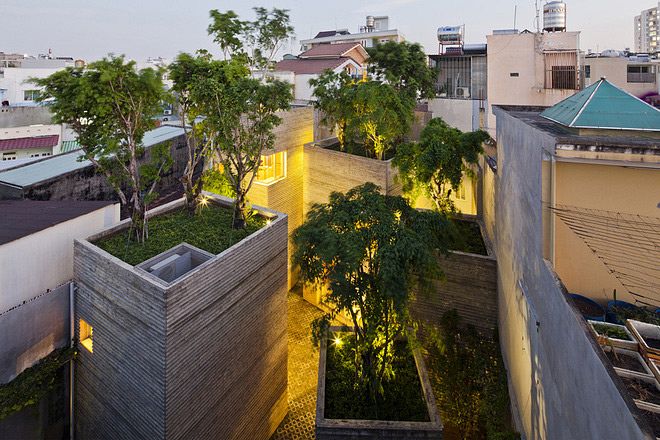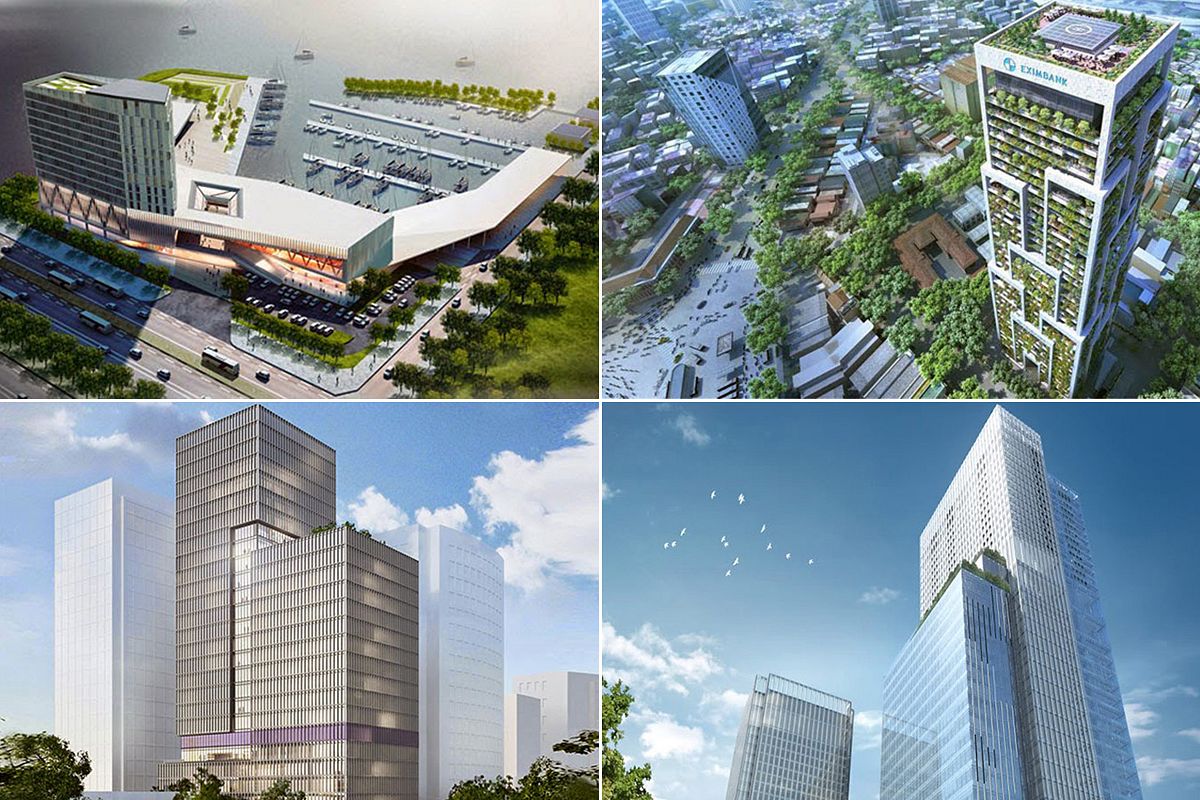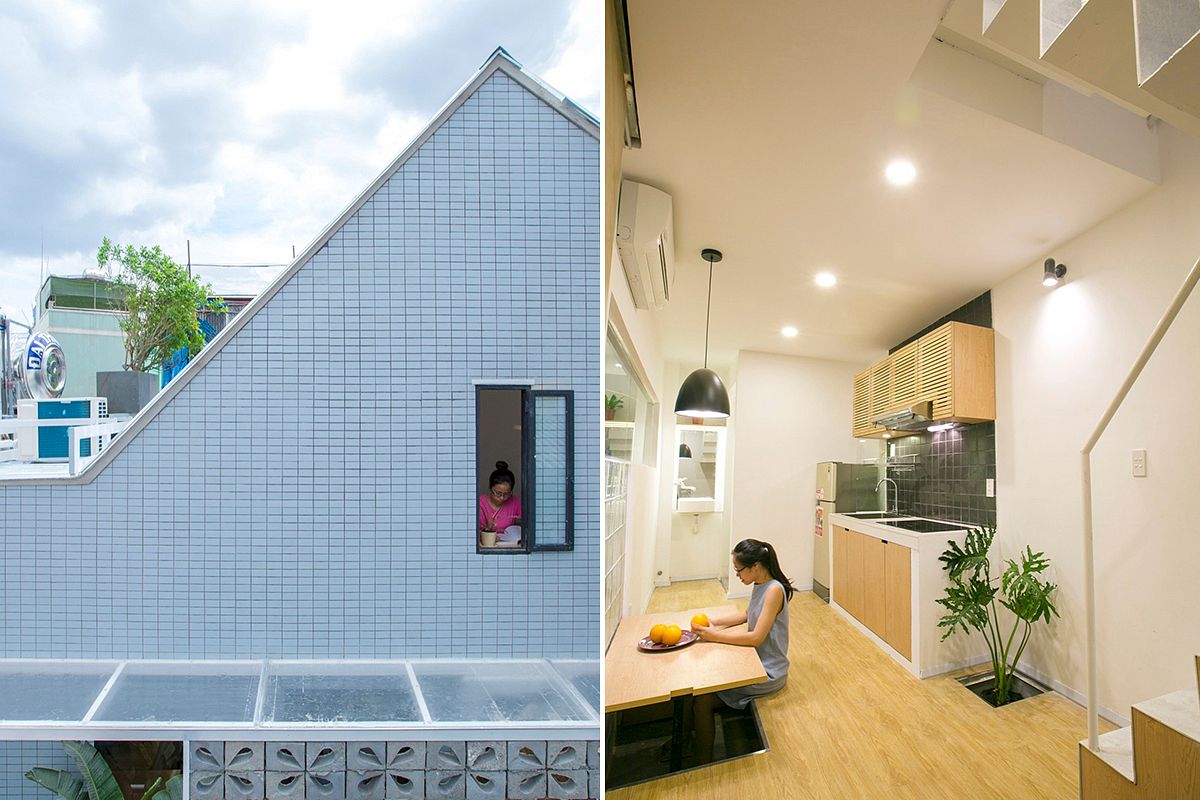Green building is starting to take off in Vietnam. Over the past few months, we’ve seen a number of ‘green’ homes sprout up across Saigon, using open floor plans, sustainable materials and plants that accommodate the city’s tropical climate. As buildings represent one the largest consumers of energy in the country, it’s vital that green building practices are adopted on a large scale, especially since Vietnam faces massive energy deficits in the coming decades. But Saigon’s skyline continues to develop in an increasingly ‘international style,’ where sleek design trumps sustainability.
A recent white paper, “Is There a Future for Green Buildings in Vietnam?”, published by advisory firm Solidiance together with the Vietnam Green Building Council found that while the government and special interests groups are pushing for sustainable development practices, it’s up to the private sector to enact fundamental change.
Growing at 10% annually, Vietnam’s construction industry is still booming despite a stagnating real estate market. Some of these projects are large office towers with gleaming windows and steel frames which trap a large amount of solar heat, resulting in astronomical energy bills. In turn, according to the white paper, 30% of Vietnam’s energy is consumed by buildings:
“Buildings can consume up to 40 per cent of energy, and more sustainable ways to develop and construct buildings should drive future change in Vietnam”, said Heiko Bugs, managing partner of Solidiance.
A problem on it’s own, these high rates of energy consumption are compounded by impending energy deficits:
“The energy demand of buildings in Vietnam helped increase the national energy consumption, which quadrupled between 1998 and 2008. As a result, energy prices were raised earlier in 2013 by five per cent, and will be increased an additional 40 per cent by 2015, according to plans. Meanwhile, the energy deficit is expected to be ten per cent by 2015 and 70 per cent by 2025.”
Sustainable building practices will be key in addressing the country’s future energy needs as new buildings can save 30% to 40% in energy efficiency and 15% to 25% for renovated buildings.
Head over to Eco-Business.com for a full analysis of the white paper and their recommendations for promoting sustainable development including innovative technologies, increasing public awareness, easier access to financing and legislation.
[Eco Business // Photo via Galen Stolee]














